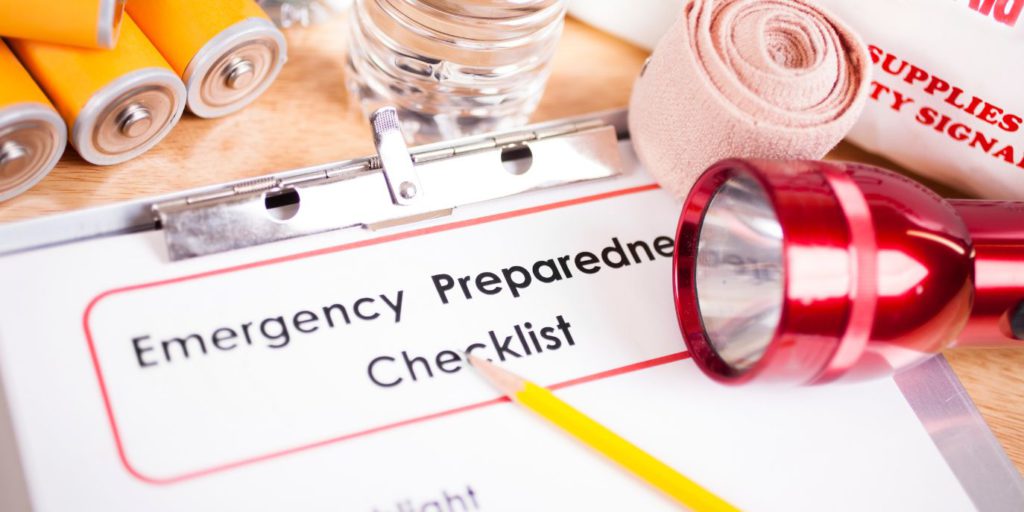September is here, and along with the changing seasons, it’s also a time to focus on something of utmost importance: emergency preparedness. Designated as National Preparedness Month, this is the perfect opportunity to evaluate your safety measures and create a comprehensive plan that ensures your well-being during unexpected crises.
Whether it’s a natural disaster, power outage, medical emergency, or any other unforeseen event, having a well-thought-out safety plan can make all the difference.
Why Emergency Preparedness Matters
Emergencies can strike at any time, leaving us little to no time to react. Natural disasters like earthquakes, hurricanes, floods, and wildfires are not uncommon, and even events like power outages or medical emergencies can catch us off guard.
Emergency Preparedness Month is a reminder that being proactive about safety is vital. By having a well-prepared plan in place, you can help minimize panic, reduce risks, and potentially save lives.
Creating Your Emergency Preparedness Plan
- Assess Your Risks – Start by identifying the potential hazards in your area. Is your region prone to earthquakes, hurricanes, floods, or wildfires? Understanding the risks you face is the first step in creating an effective plan. Make sure you are signed up for the latest weather alerts in your area and always follow the designated evacuation signs in case of an emergency.
- Build a Communication Strategy – Communication is key during emergencies. Establish a communication plan with family members, friends, and neighbors. Share contact information and decide on a primary method of communication, such as text messages or a designated family group chat.
- Assemble Emergency Kits – Prepare emergency kits for your home, car, and workplace. These kits should include essentials like non-perishable food, water, medications, first aid supplies, a flashlight, batteries, a multi-tool, and important documents.
- Create an Evacuation Plan – Determine evacuation routes and meeting points both near your home and outside your neighborhood. Practice evacuation drills with your family to ensure everyone knows the plan, and always make sure you follow all designated evacuation routes.
- Consider Medical Needs – If you have family members with special needs or medications, make sure your plan accommodates their requirements. Another important part of preparing for a medical emergency is ensuring your home or business is easy for first responders to locate. Having a properly displayed 911 address sign can help emergency personnel find your location quickly.
- Know Your Local Resources – Familiarize yourself with local emergency services, shelters, and community resources. Knowing where to turn for help can make a significant difference in a crisis.
- Stay Informed – Keep an eye on weather updates, news alerts, and emergency notifications. Weather apps, community alert systems, and NOAA weather radios are valuable tools to stay informed about potential threats.
- Prepare for Pets – If you have pets, don’t forget to include them in your plan. Prepare food, water, medications, and a safe carrier for your furry companions.
- Document Important Information – Compile important documents such as identification, insurance policies, medical records, and deeds in a waterproof container. Having these documents on hand can simplify recovery processes.
- Regularly Review and Update – As time goes on, circumstances change. Review and update your emergency plan annually or whenever a significant change occurs in your family structure, living situation, or contact information.
Another helpful tip is to keep your eye out for any signs indicating changing or hazardous road conditions. Oftentimes, incident management signs are posted in the event of a fire or evacuation.
National Preparedness Month serves as a timely reminder that our safety is in our own hands. Creating a comprehensive emergency preparedness plan might seem like a daunting task, but having peace of mind makes it worth it.
By taking the time to assess risks, plan communication strategies, assemble emergency kits, and practice evacuation procedures, you’ll be better equipped to navigate unexpected crises. Remember, being prepared today can make all the difference when tomorrow brings the unexpected.

